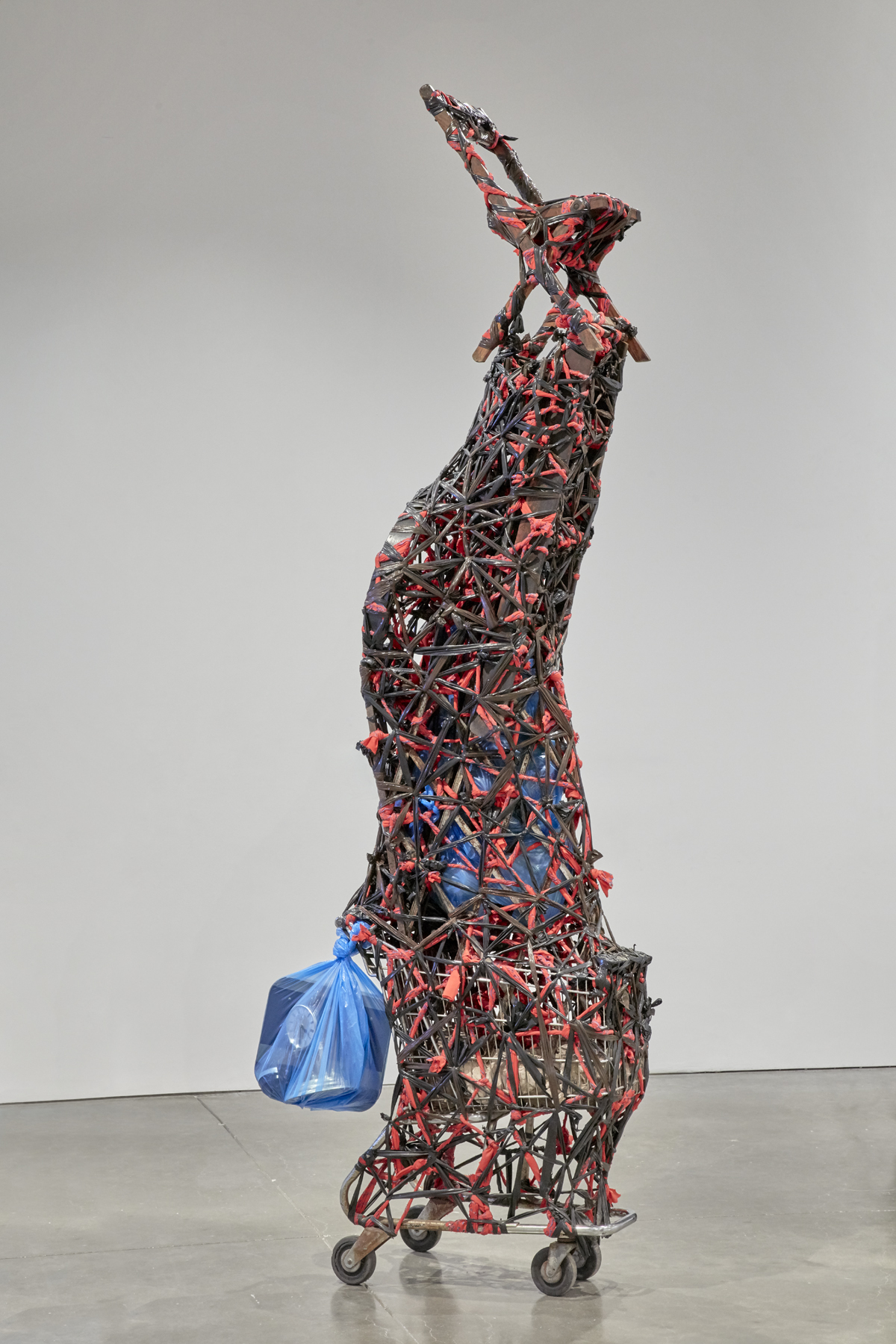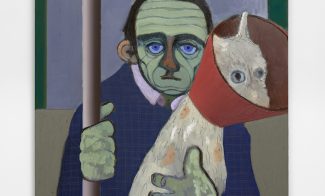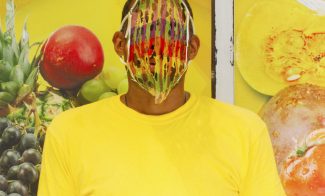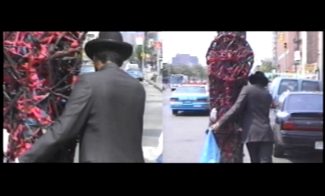Emerging in the early 1990s as part of a generation of artists exploring the intersections of art, identity formation, and political representation, Nari Ward (Born 1963 in Saint Andrew, Jamaica) engages the symbolic potential of found objects. The artist draws on many references, ranging from folklore to West African and Western avant-garde sculptural legacies. Using labor-intensive processes, Ward imbues his work with layered meanings connected to cultural expression, history, and black experience, particularly of his native Jamaica and his adopted home of Harlem, New York, while also addressing issues related to immigration.
Savior is dense with material—its surface a web of twisted plastic and fabric and its interior filled with colored plastic bags holding empty bottles and other refuse. In his associated performance, documented in the video Pushing Savior, Ward pushed the cart through the streets of Harlem. He started the sculpture during an artist residency at the Sabbathday Lake Shaker Village in Maine, where a community member building a chair explained to Ward that he constructs each piece of furniture for an angel to sit on. The sculpture and performance jointly engage with notions of devotion and craft. While Ward is skeptical of organized religions, believing that reliance on otherworldly entities strips one of agency, he seeks communion with the regenerative qualities of faith. This sculpture and the accompanying video question the visibility and invisibility of the disenfranchised in the public sphere, while touching on the human experience of seeking agency over one’s destiny.



